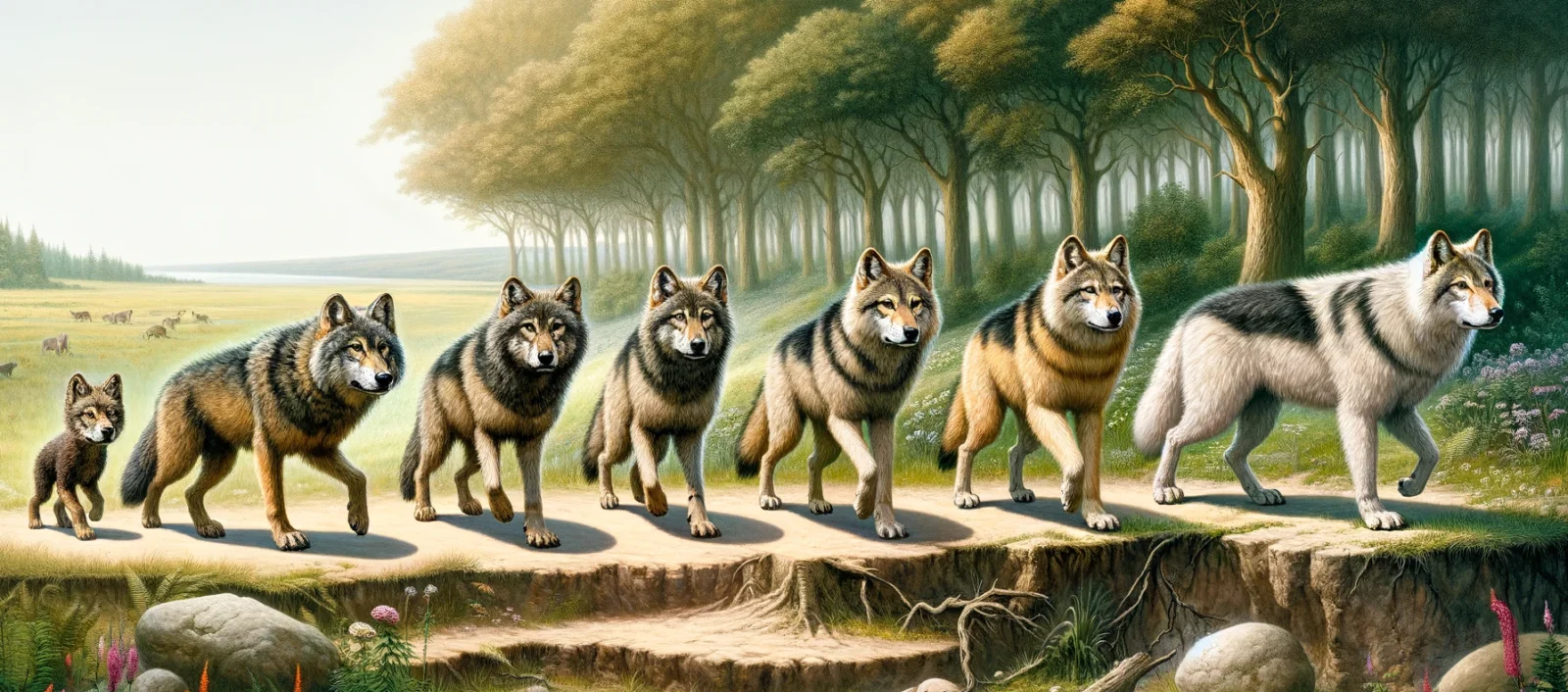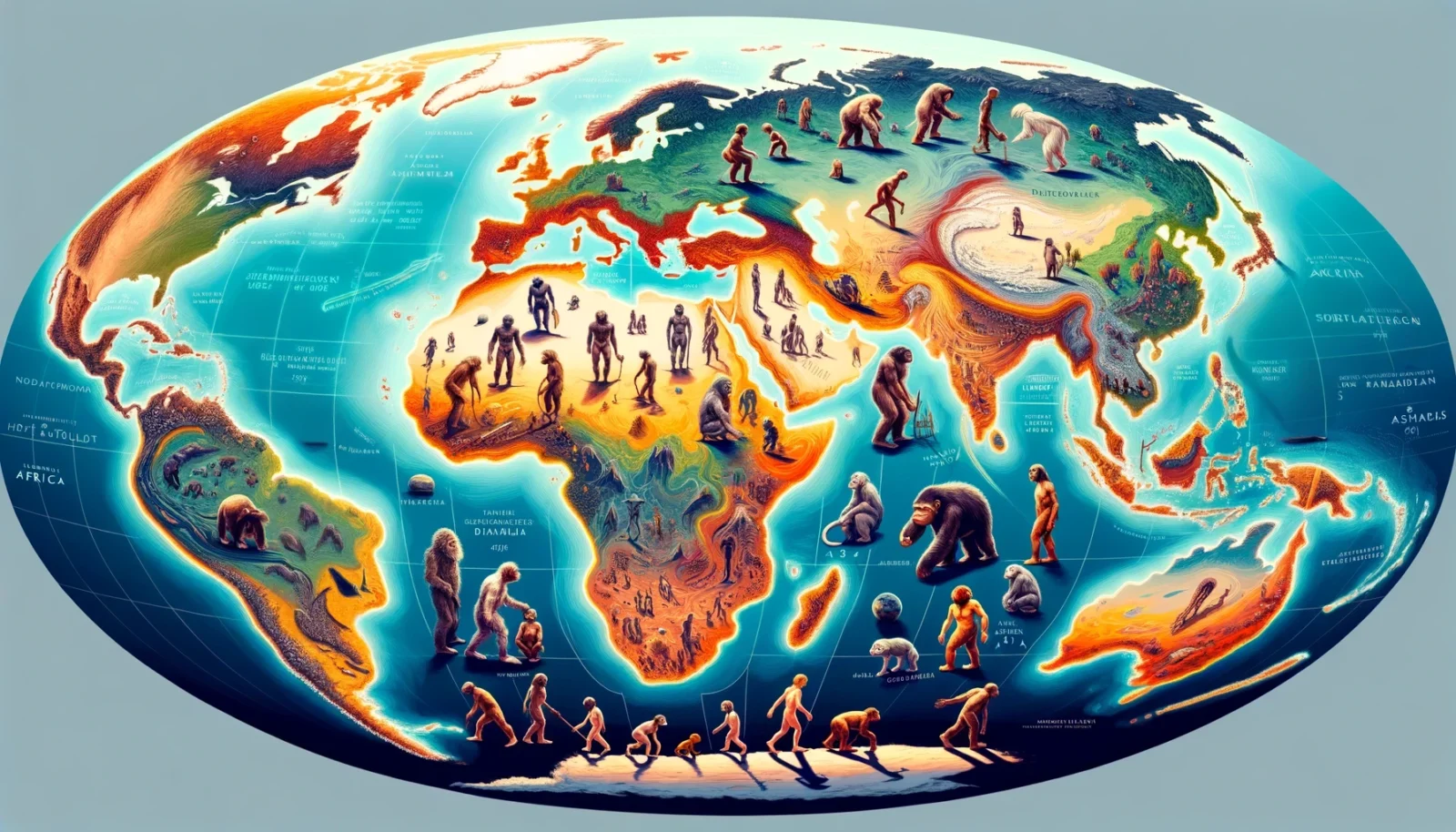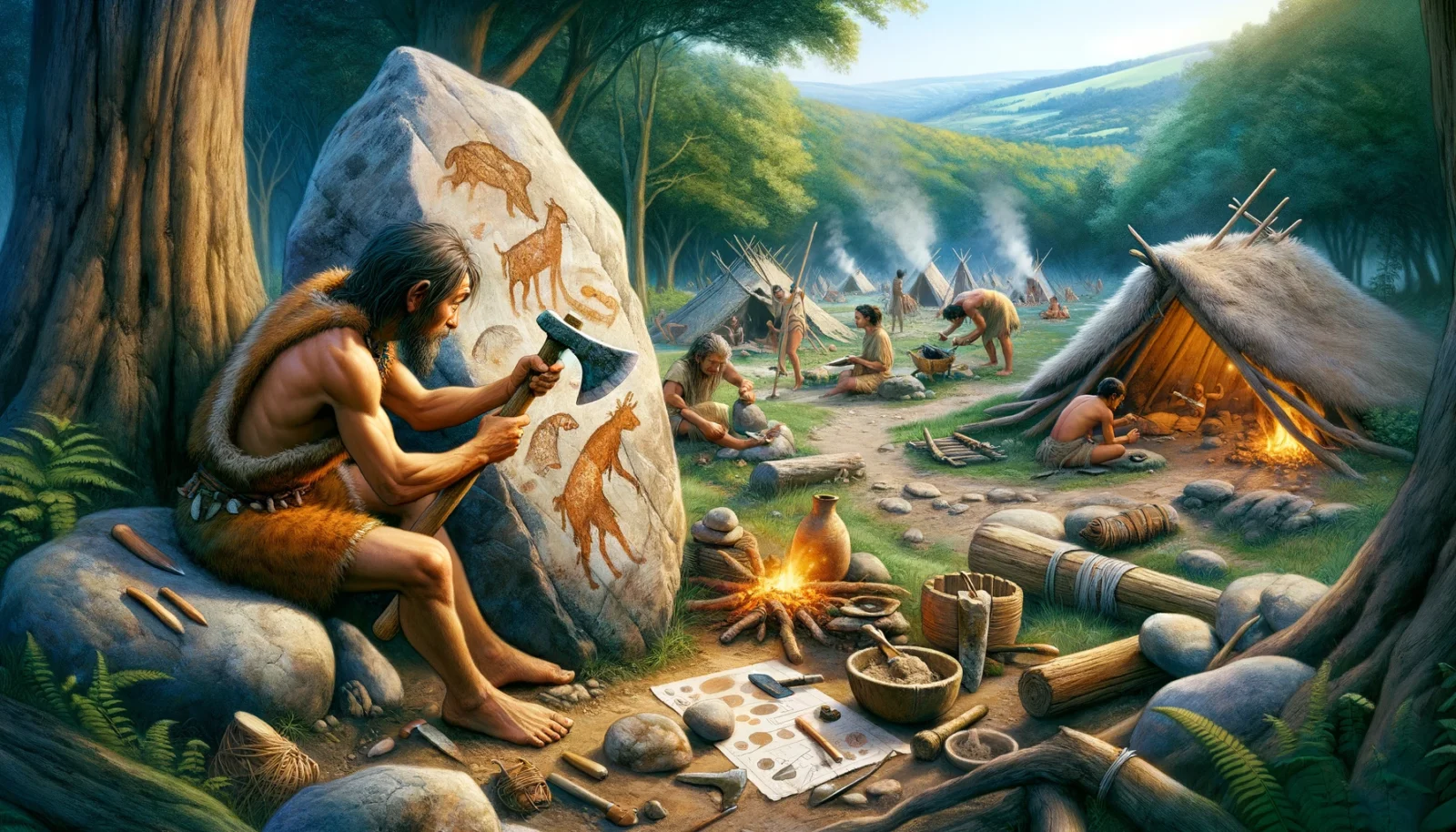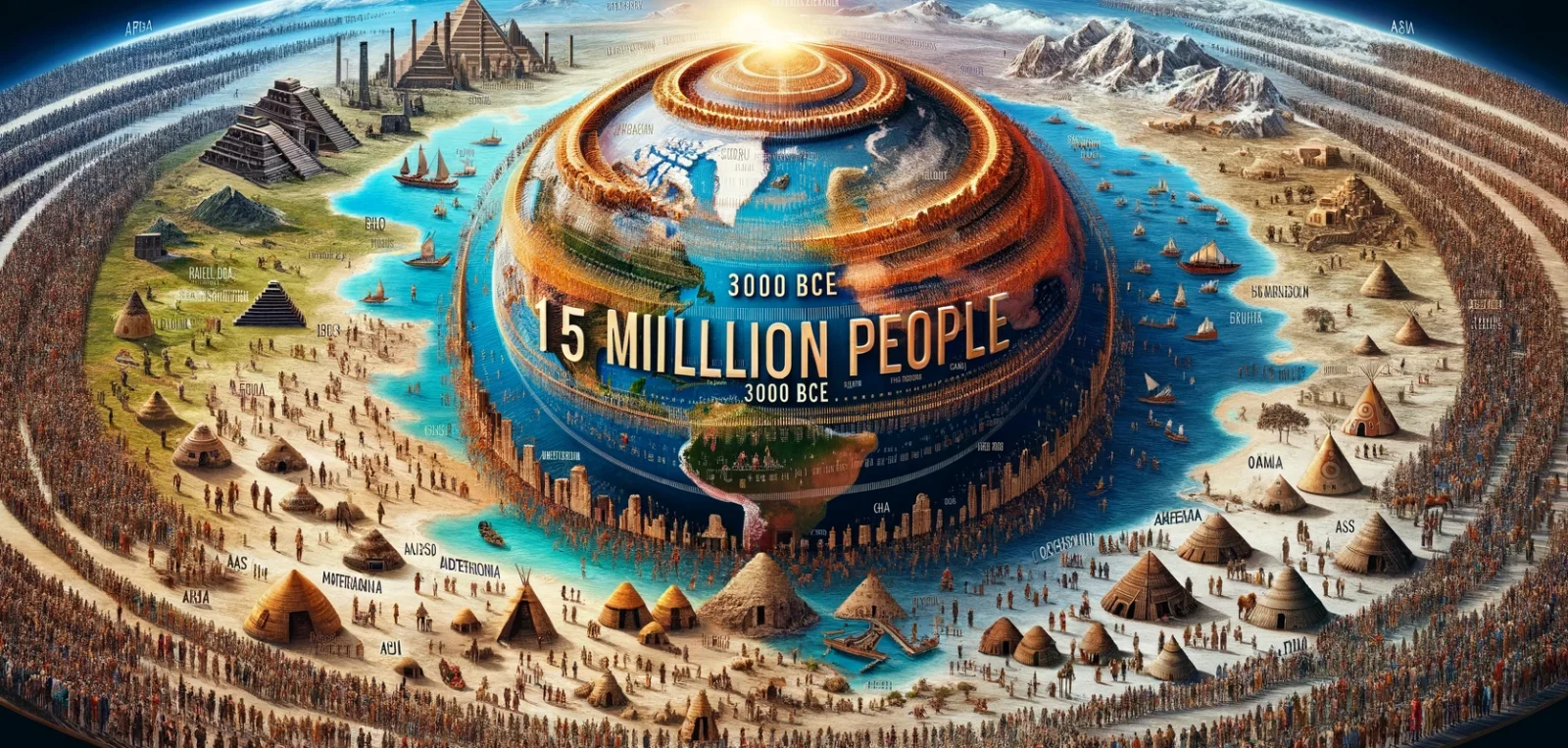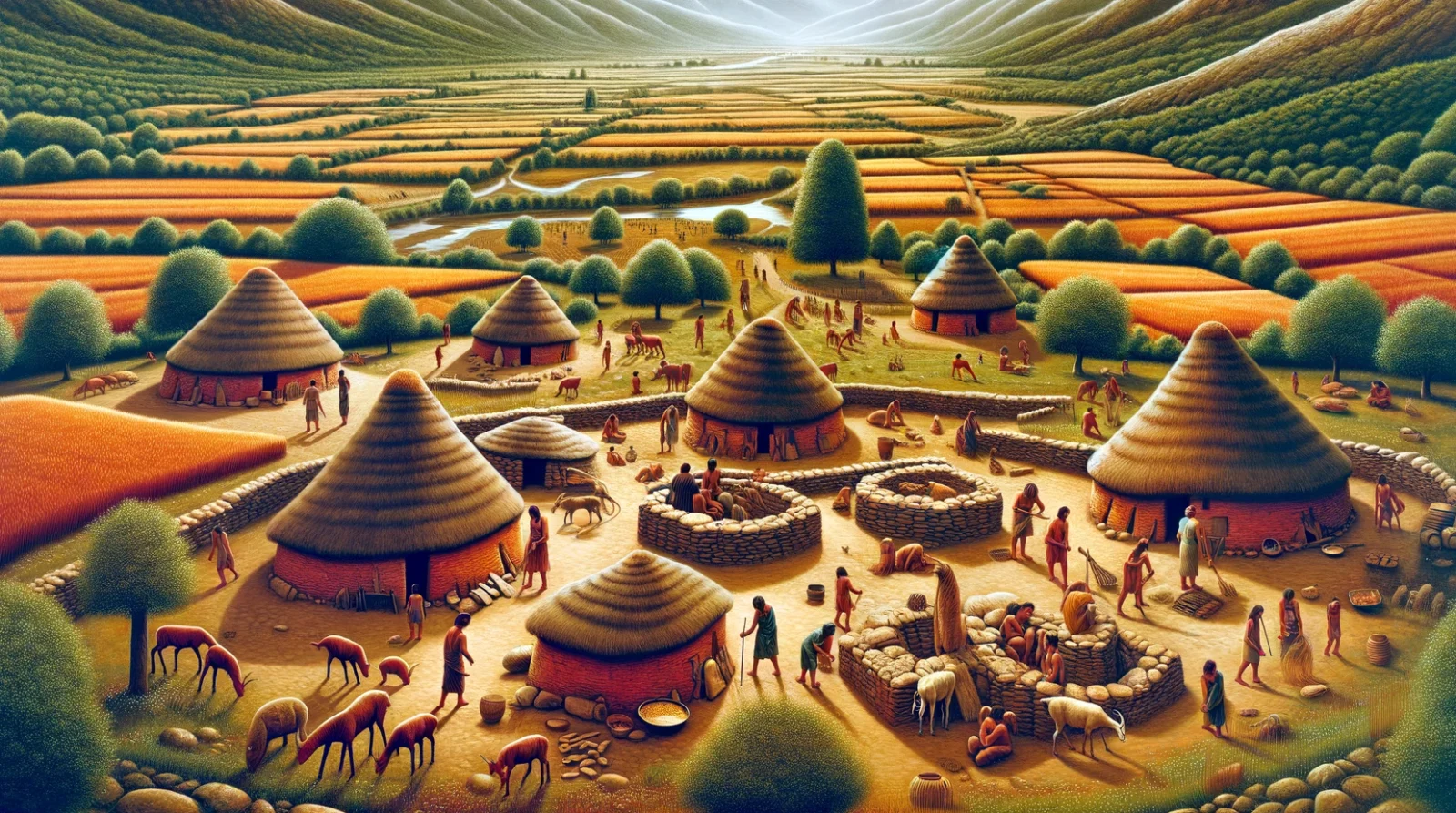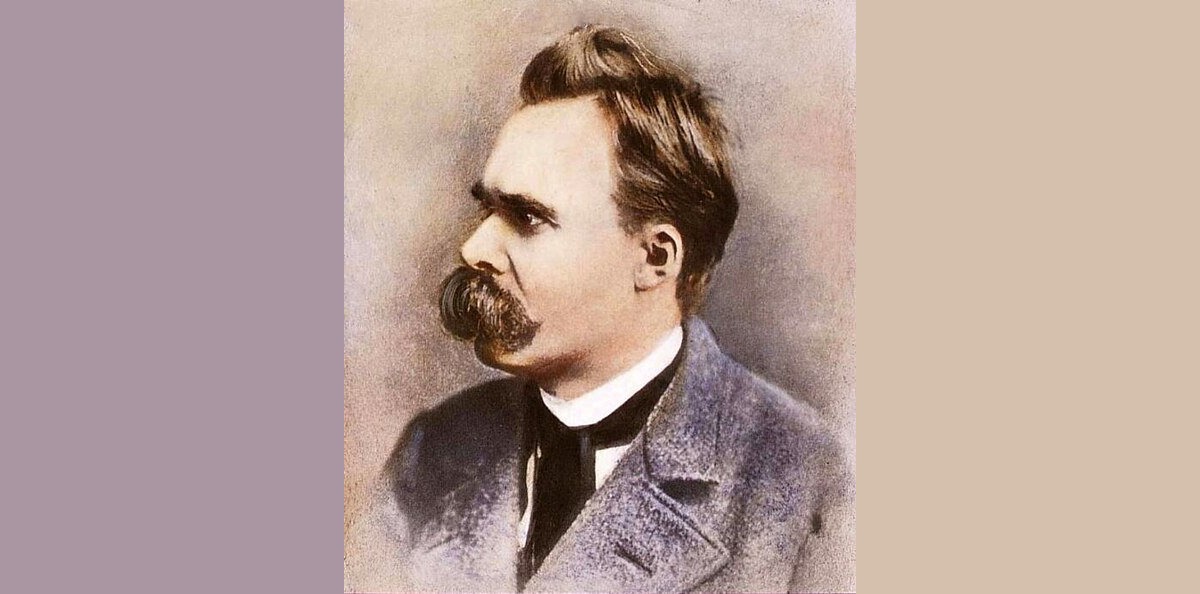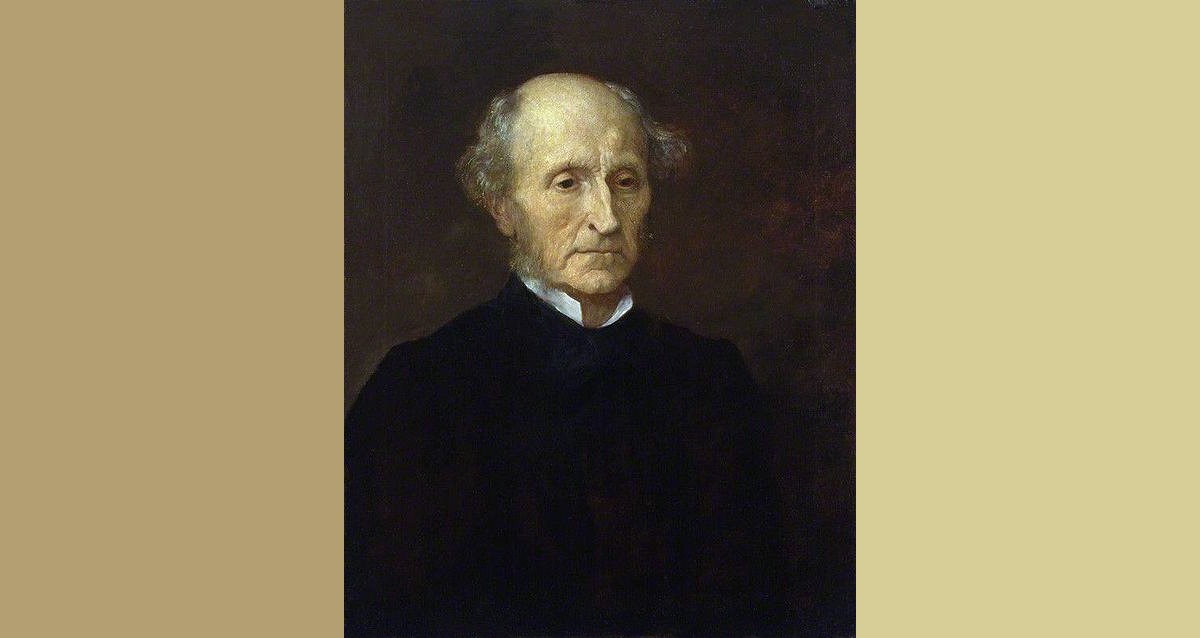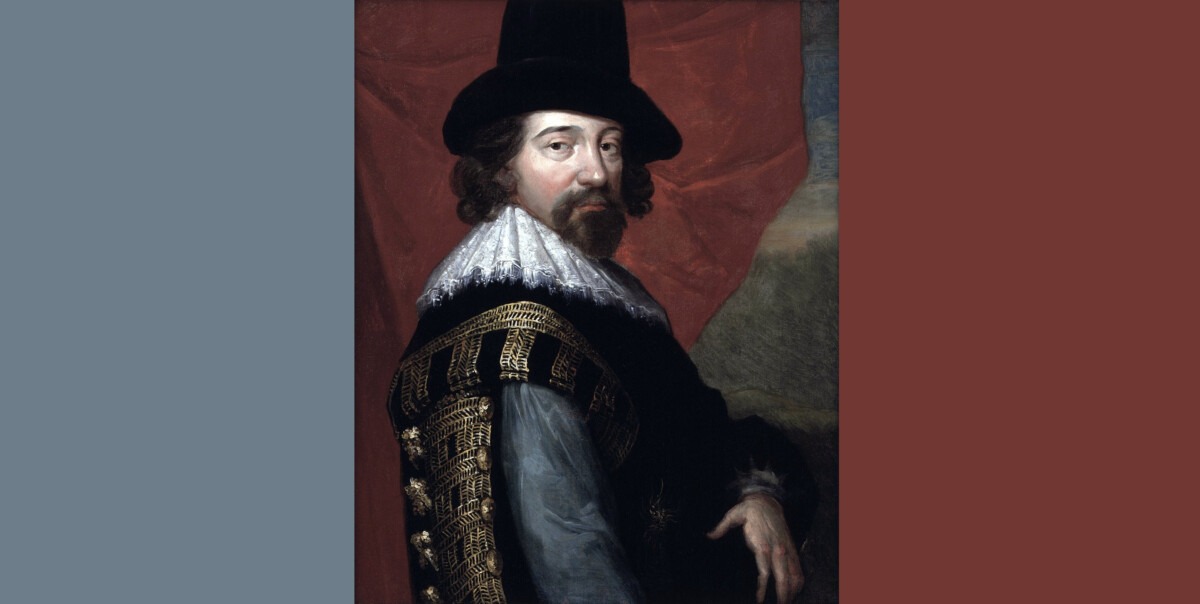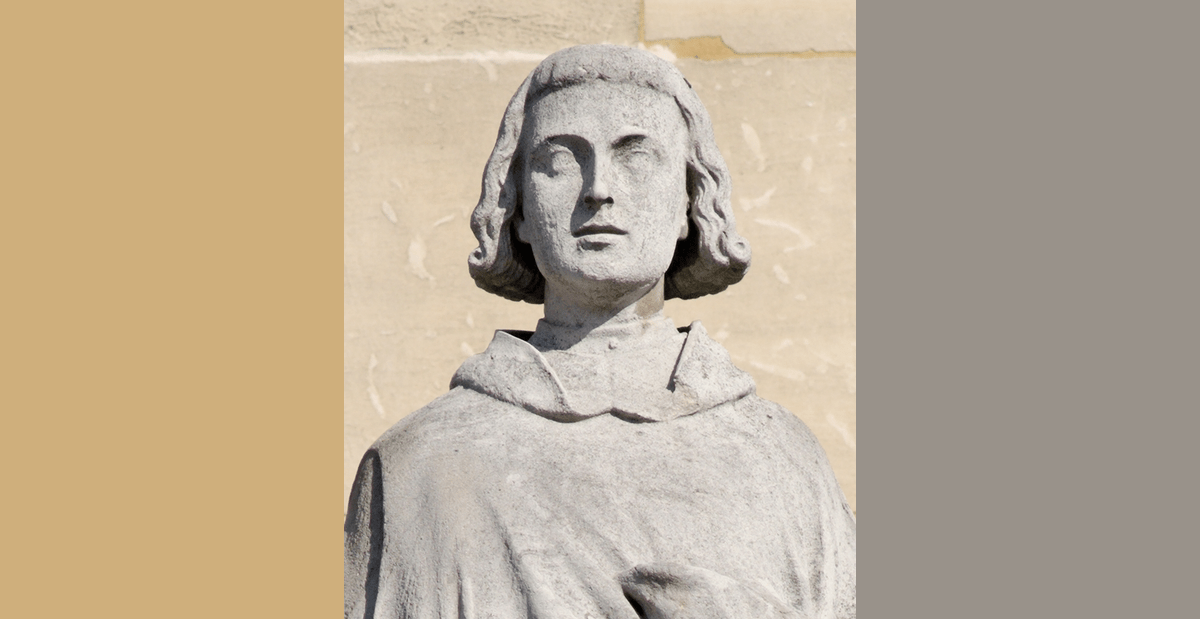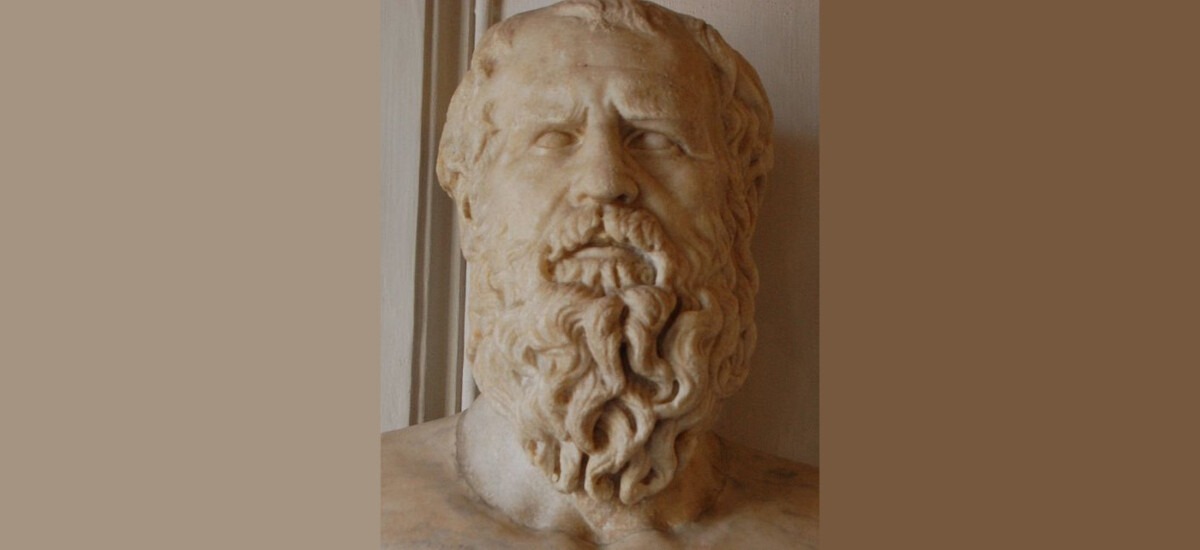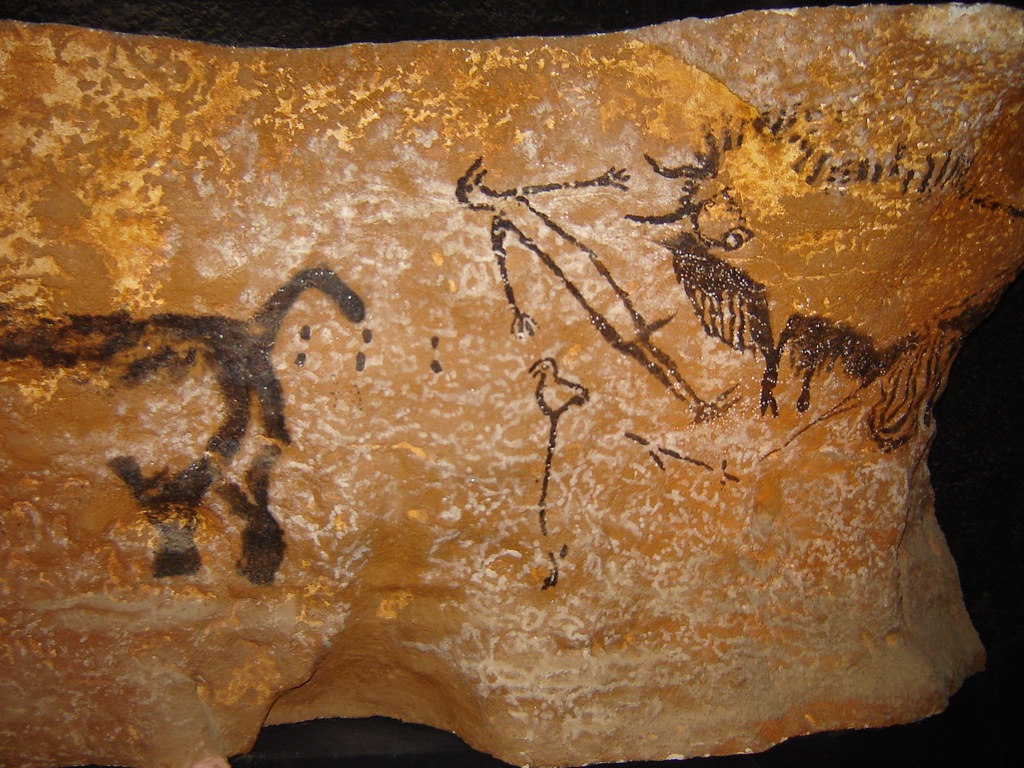Earliest Known Domesticated Animal: Dogs
Eastern Asia and Europe: The domestication of dogs marks one of the most remarkable and earliest examples of animal domestication by humans. This significant event occurred approximately 20,000 years ago, with some studies suggesting an even earlier date. The process began when wolves, drawn by the waste and remnants of hunting left by human groups, […]
Earliest Known Domesticated Animal: Dogs Read More »

